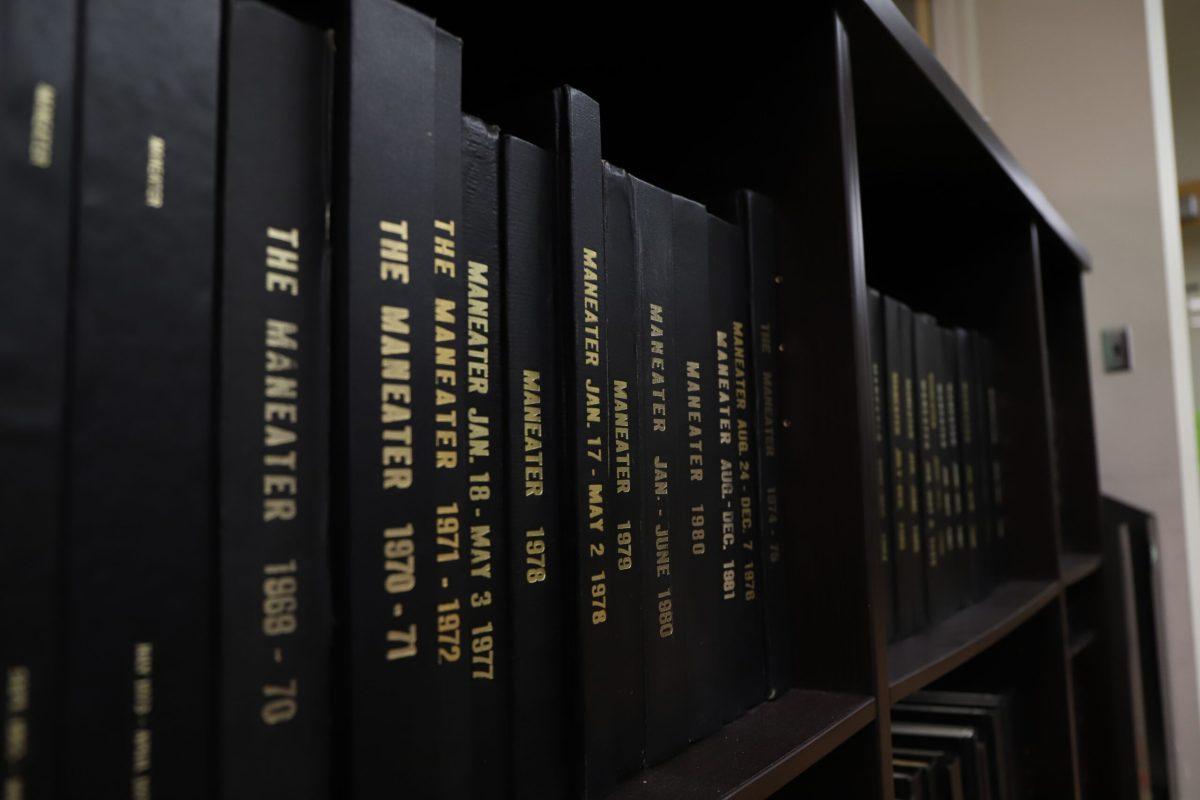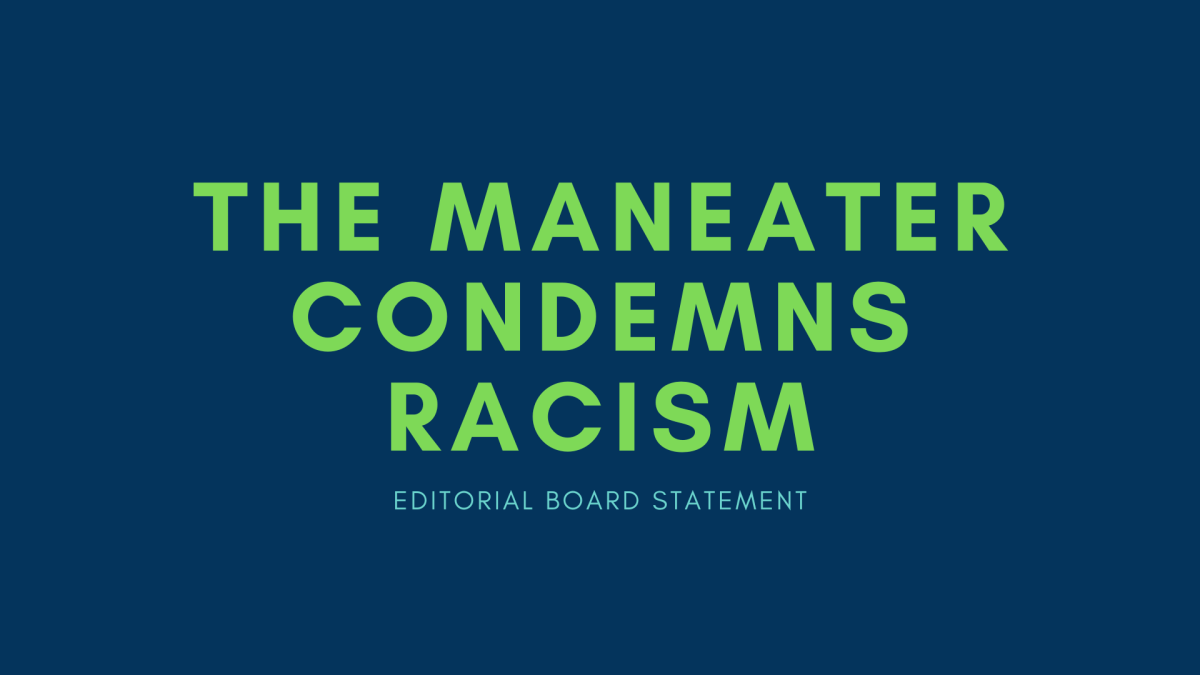Despite comprising 36 percent of Columbia’s leadership between the fiscal years 2009 to 2014, women only took home 30 percent of the income, according to payroll data from the City of Columbia Department of Information Services. The resulting gap has resulted in a total loss of $705,534 for women for those years.
While these figures are indeed startling, the statistics alone are unable to tell the full story of the gender pay gap in our city government.
The city of Columbia has made several steps in the right direction regarding the gender pay gap within the city government. Although the gap has decreased in recent years, there is still work to be done.
In 2014, all five of the city’s highest paid employees were men. On a grander scale, men make up almost 75 percent of the top 50 highest paid employees in the last five years. Male department directors earn an average of $123,076 while female directors earn an average of $118,329.
There is a clear difference in pay between genders, but the gap is not always intentional, nor is it fundamentally sexist in nature. The existing trend indicates that women are more frequently directors of smaller departments that don’t generate their own revenue and, as a result, are constrained by a smaller budget. Contrarily, larger departments that are not limited in this same capacity, such as the police department, have larger budgets and consequently their directors have bigger salaries.
Although a gender pay gap still exists in Columbia’s city government, visible efforts have reduced it. Changes in wages for city employees took effect, largely as a result of the efforts of City Manager Mike Matthes. All jobs that had salaries less than the market minimum were given raises to at least this minimum.
In addition to the general 2 percent raise for all city employees, seven directors also received pay raises. Of these seven, four were women and three were men; the women received an average of 123 percent raises, and the men received an average of 111 percent.
In these efforts to increase the wages of all employees, the city government has made effective changes to lessen the gender pay gap. While the movement on this issue has been in the right direction, there is still work to be done – even within the city itself.
Examples of pay differences between men and women who work the same job need to be continually addressed. In conjunction with this aspect of the gap, we need to encourage women to participate and obtain degrees in fields where they are underrepresented.
This same issue of gender pay disparities is simultaneously being addressed on the state level. A handful of legislators have put together House Bill 44 and the corresponding Senate Bill 144, which implore the Department of Labor and Industrial Relations to create guidelines regarding gender pay equality. The guidelines would establish what gender pay equality is and why it occurs. Furthermore, the legislation would outline the benefits of having gender pay equality and the means in which it achieve it.
Just like the progress made in Columbia, the bill (if it passes) would be a big step in the right direction when it comes to addressing the issue of gender pay equality itself. Passing SB 144 would clearly establish a conversation on gender pay discrepancies on the state level, which is imperative.
However, the bill is just that: a _step_ in the right direction. The road to fully addressing an issue as complex as gender pay equality is a lengthy one. Consequently, the path to achieving continued progress on this issue is comprised of a great many steps.
Still – the first step is always the hardest one.










